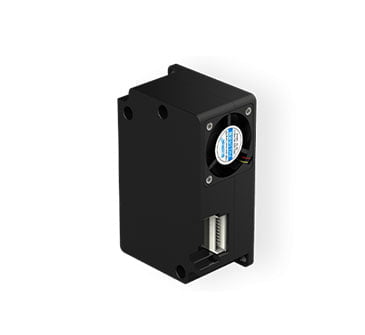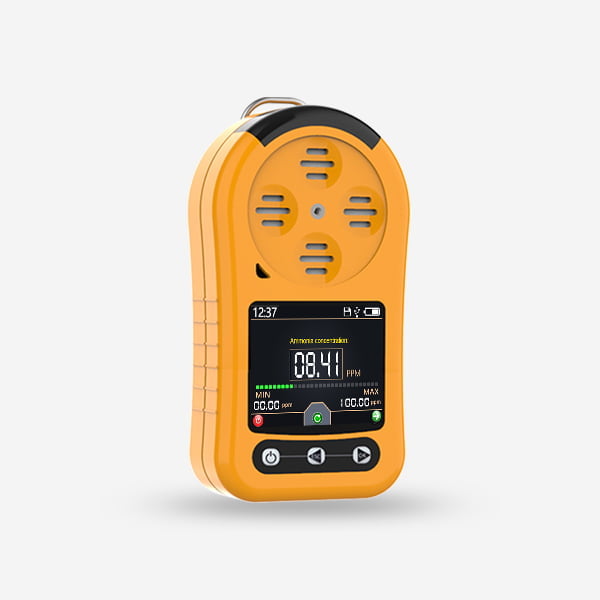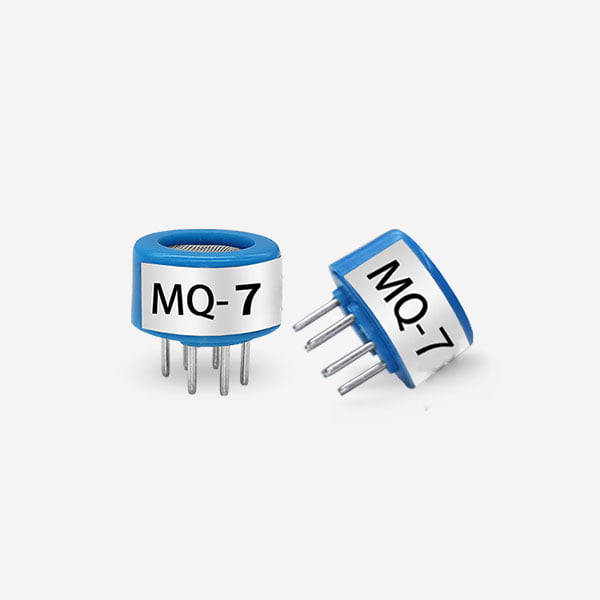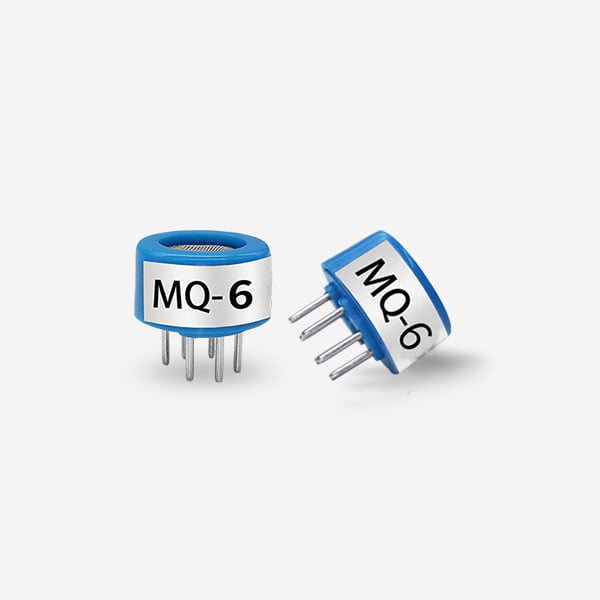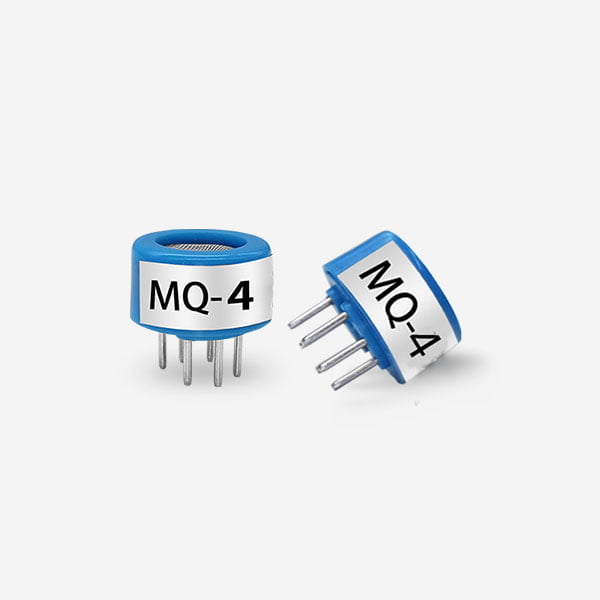With health effects ranging from dizziness to cancer development, the dangers of exposure to volatile organic compounds (or VOCs) can’t be underestimated. Do you regularly work in areas where VOCs are present? By measuring VOC levels, you can reliably protect the health of you and those working around you.
Volatile organics are unseen by the human eye but are one of the leading causes of air pollution. Learn how to keep a tab on the VOC concentration surrounding you.
Like many toxic gases, VOC emissions are usually colorless and can spread rapidly without warning. It’s important to maintain safe VOC levels to guard humans from breathing in toxic chemicals. One of the most common ways to measure levels of VOC is by installing a photoionization detector (PID). Learn more about the impact of volatile organics and why PIDS should be installed in your facility.
What is VOC?

Volatile Organic Compounds (or VOCs) are toxic chemicals that are emitted as gases from solid or liquid products. According to the EPA, concentrations of many VOCs are consistently higher indoors than outdoors. VOCs are usually found around chemical processing facilities or refineries. If your workplace has products that utilize dangerous organic chemicals, measuring the amount of volatile organics is key.
Measuring VOC in Your Environment

When measuring VOCs, it’s important to know what kind of volatile organic compounds are in your environment. Some of the most common types of VOCs include acetone, butanal, ethanol, formaldehyde, toluene, methylene chloride, and others.
In the same way, you should be familiar with the following units of measurements:
Parts-Per-Million (PPM) – The ratio of one gas to another. 1,000 ppm CO means that of one million gas molecules, 1,000 of the molecules are carbon monoxide and the other 999,000 are other gases.
Electron Volt (eV) – A unit of measurement of the energy contained in a photon generated by a UV lamp. In other words, a “10.6 eV Lamp” will generate photons with an average energy of 10.6 electron volts.
Ionization Potential (IP) – A measurement (in Electron Volts) of the energy in a photon necessary to ionize a specific material.
Photoionization Sensor Explained
PID Sensor use a specially-designed ultraviolet (UV) lamp to create high energy photons, These photons hit volatile organic compounds present in the air and if energetic enough, knock an electron loose, creating a small current flow. This flow of electrons indicates the presence of VOCs. Each organic compound has an ‘ionization potential’ (IP) value which represents the amount of energy necessary to liberate an electron.
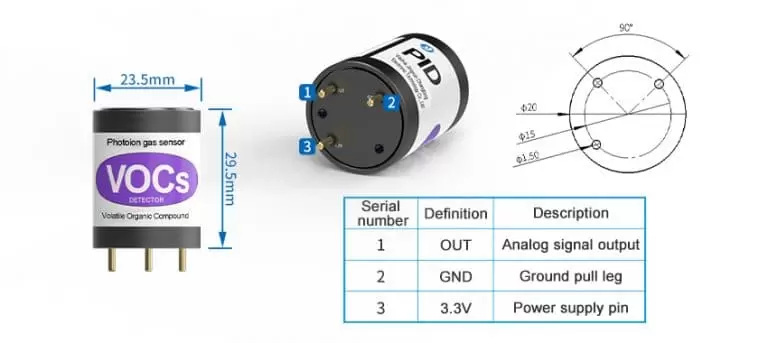
If the UV lamp’s energy level is higher than the compound’s ionization potential, the detector will indicate the presence of VOC molecules. The choice of lamp “IP” value (10.0 eV, 10.6 eV or 11.0 eV) should be determined by the IP of the target VOC molecules.
PID sensor is very sensitive and will respond to many different volatile organic compounds. The magnitude of the response is proportional to the concentration of the gas. However, 50ppm of one gas will produce a different reading than 50ppm of the other. To solve this problem, the detector is usually calibrated to isobutene and then the correction factor is used to obtain an accurate reading of the target gas. Each gas has a different correction factor. Therefore, it is necessary to know the correct correction factor to be applied to the gas.
JXCT Gas Sensor with PID Sensor – Single or dual channel gas monitor certified for hazardous areas where gas readings need to be transmitted in real-time. JXCT Gas Sensor with PID Sensor – Single or dual channel gas monitor that supports both local and remote sensors for added convenience.
Monitor the Air Pollutants of Your Facility
A wide range of VOCs are found in almost every work environment, which makes gas detection crucial. JXCTCorp can help you determine the best type of detector and lamp IP value for your specific application.
Are you looking for an accurate way to measure VOC levels? Connect with our team to get a VOC sensor installed in your detection system.
